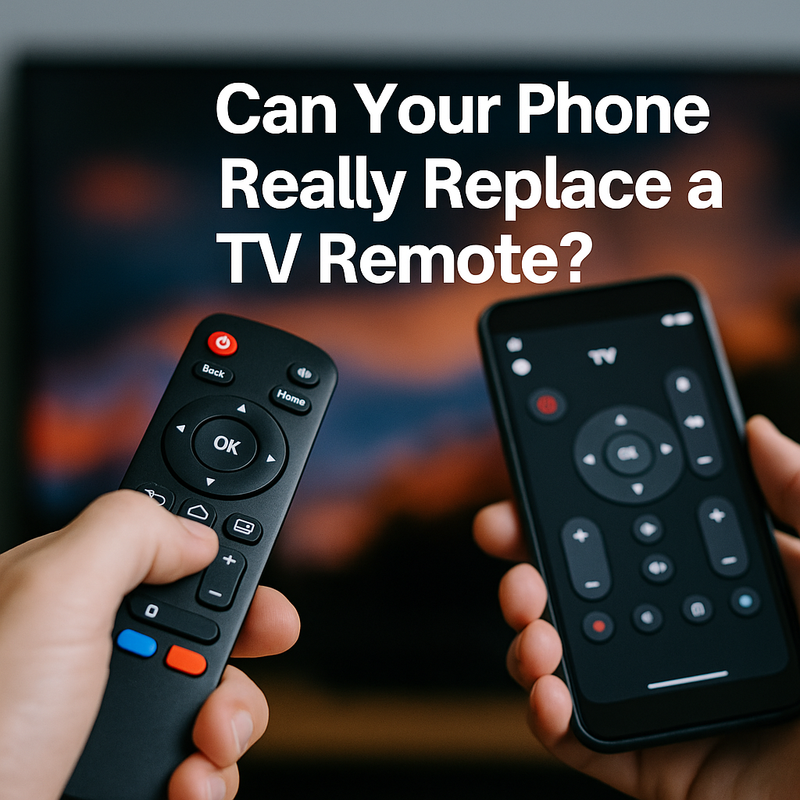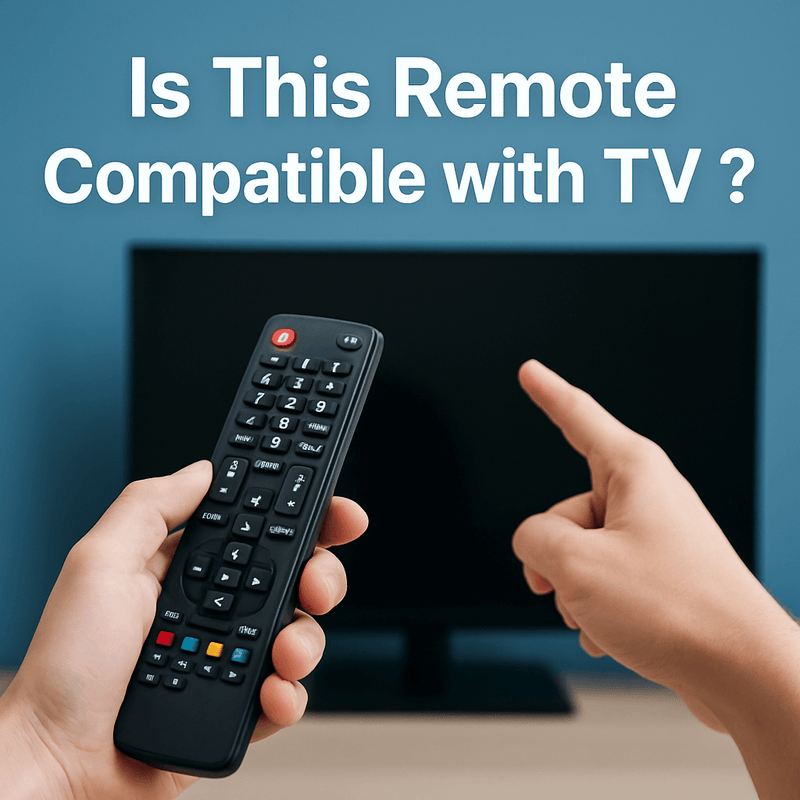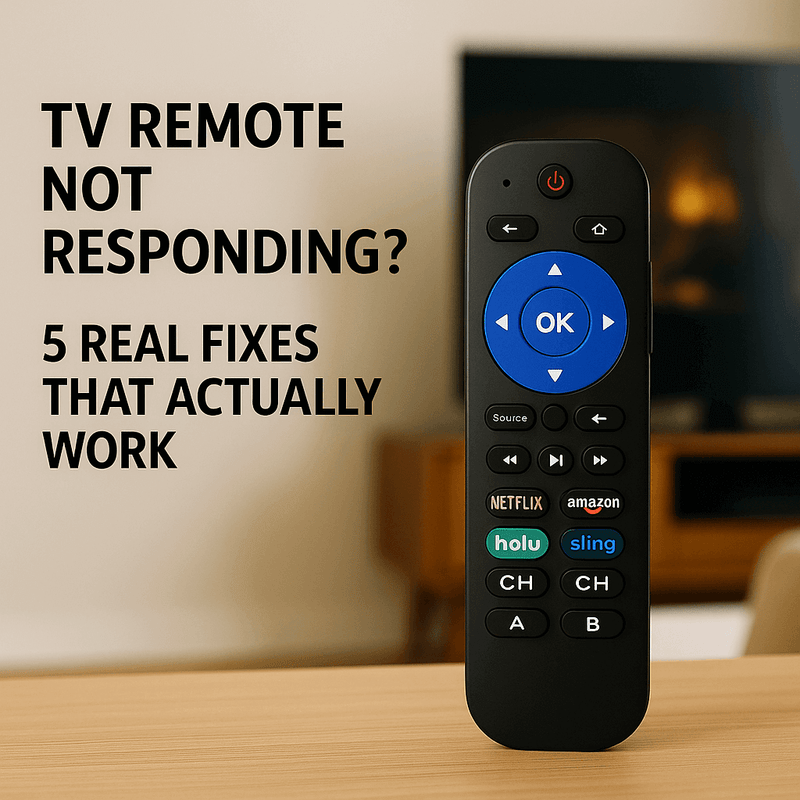“Universal remote”—it sounds great until you realize your TV isn’t listed, and the thing doesn’t work at all. If you’ve ever wondered whether a replacement remote will actually be compatible with your TV, here’s how to check before wasting time and money.
1. Start with the Brand
Even “universal” remotes are only compatible with the brands they’re designed to support.
A reliable product listing should mention brands like Samsung, LG, Sony, Hisense, or TCL. If your brand is not explicitly listed, assume it’s not supported until confirmed.
Some remotes claim compatibility with “all TVs,” but that’s rarely the case. If your brand isn’t listed and the seller doesn’t respond to inquiries, it’s better to look elsewhere.
2. Compare the Button Layout
A remote that connects but can’t control your TV’s features is still a poor match.
Check whether the button layout on the replacement remote closely resembles your original one—this is often the strongest indicator of functional compatibility.
Key functions to look for include:
- Power
- Volume
- Input/source
- Menu and settings
- Navigation arrows
- Dedicated app or voice buttons (e.g., Netflix, Disney+, microphone)
The more your replacement resembles the original—especially in layout—the more likely it will support your TV’s software and input logic properly.
3. Understand IR vs. Bluetooth—and Why It Matters
Knowing whether your original remote used infrared (IR) or Bluetooth helps avoid incompatible purchases.
Most universal remotes use IR, but many newer smart TVs use Bluetooth or a hybrid system.
- IR remotes require direct line-of-sight to the TV’s front sensor. They do not require pairing and are simple to use.
- Bluetooth remotes allow for non-line-of-sight use and support advanced features like voice control—but they must be paired, and not all universal remotes support Bluetooth.
Why this matters: If your original remote uses Bluetooth and you buy an IR-only universal remote, it won’t work—at all. Compatibility depends not just on brand, but also on signal type.
How to tell what you have:
- If your original remote worked even when not pointed at the TV, or supported voice control, it’s likely Bluetooth.
- Bluetooth remotes tend to be more expensive.
- Universal remotes that support Bluetooth will clearly advertise that feature.
4. Check Your TV Model or Series
Universal remotes rarely list every compatible model number.
Look for model series instead of exact matches. For example, if your TV is “LG 43UN7300PUF,” and the listing mentions “LG UN73 Series,” it’s considered a match.
Can’t find your model listed?
Check the back of your TV or your old remote. Look for part numbers like “BN59-01315J” (Samsung) or “AKB75095307” (LG). These are the numbers that help customer service confirm compatibility quickly.
If you’re unsure, send a photo of your original remote or your TV’s back label to the seller—it can speed up the process.
5. System Compatibility Can Differ from Brand Compatibility
Some remotes say “For Roku TV” or “Android TV.” That doesn’t mean they work with Roku sticks, streaming boxes, or Android set-top boxes. It means they’re designed for TVs with those systems built-in.
For example:
- Roku TV = A television with Roku OS built-in
- Roku Stick or Roku Box = Separate hardware that usually requires its own remote
Always verify the type of device you have—not just the brand or platform name.
Final Checklist Before You Buy
Use this to quickly assess compatibility:
- Is your TV brand explicitly listed?
- Does the layout match your original remote?
- Does the remote support the same signal type (IR or Bluetooth)?
- Is your TV model or series mentioned—or confirmable?
- Does the remote specify the correct system (e.g., Roku TV vs. Roku stick)?
Final Thought
Universal remotes aren’t truly universal. But with a few minutes of smart checking—looking at signal type, brand listing, button layout, and TV model—you can avoid frustration and get the right remote the first time.
Still unsure? Contact us with your TV model or a photo of your original remote—we’ll help confirm compatibility quickly.


